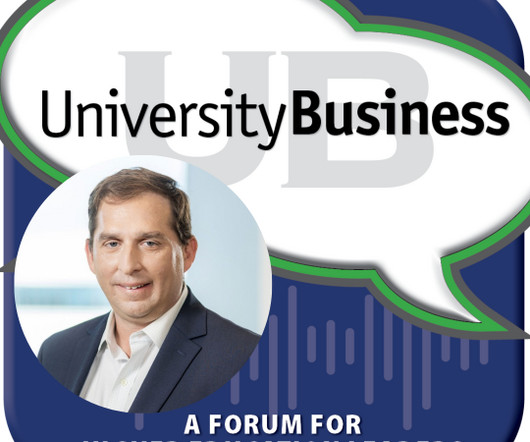Black History Month – The Work and Importance of the National Organization of Minority Architects (NOMA)
Clark Nesxen
FEBRUARY 24, 2023
Conference attendees receive learning opportunities to fulfill continuing education requirements with various seminars and site visits. This conference includes opportunities to network with architects, allied professionals, emerging professionals, and students.












Let's personalize your content